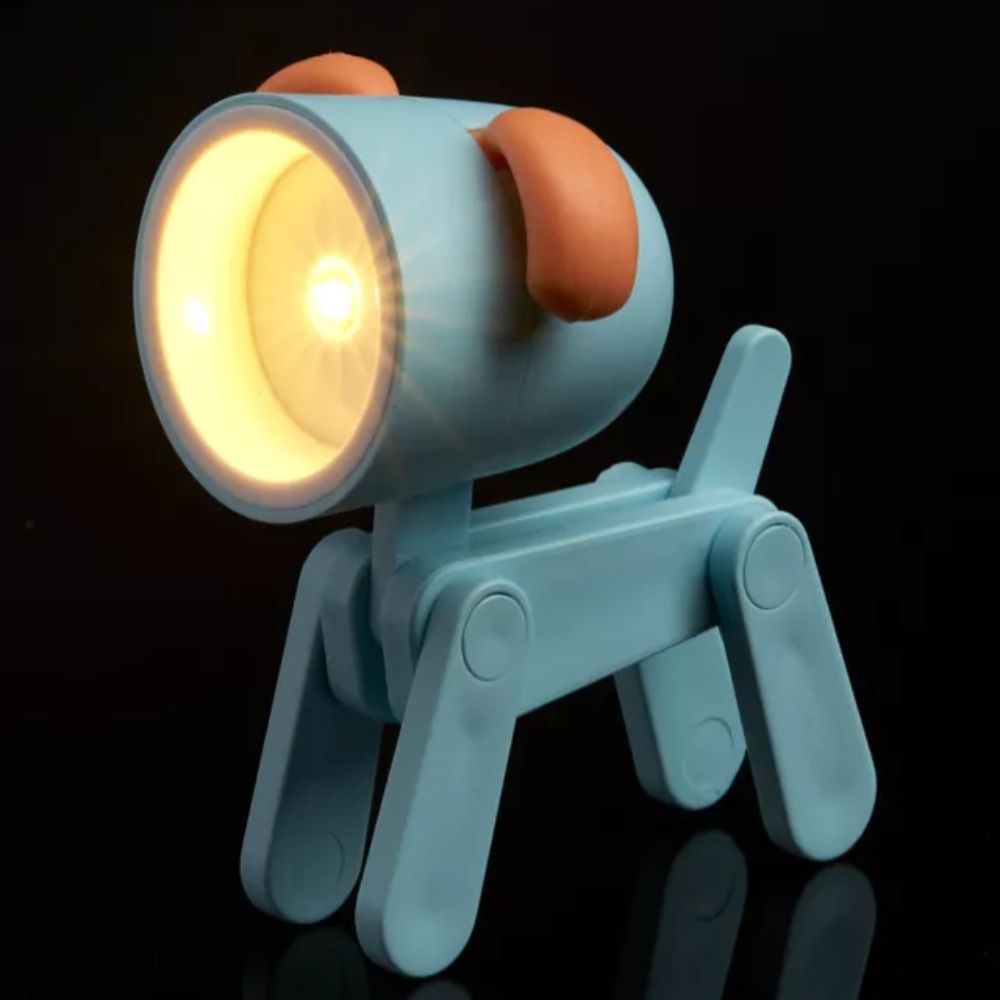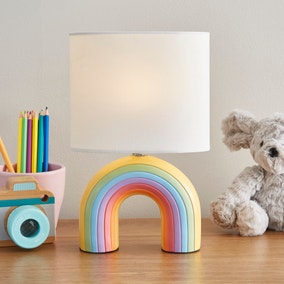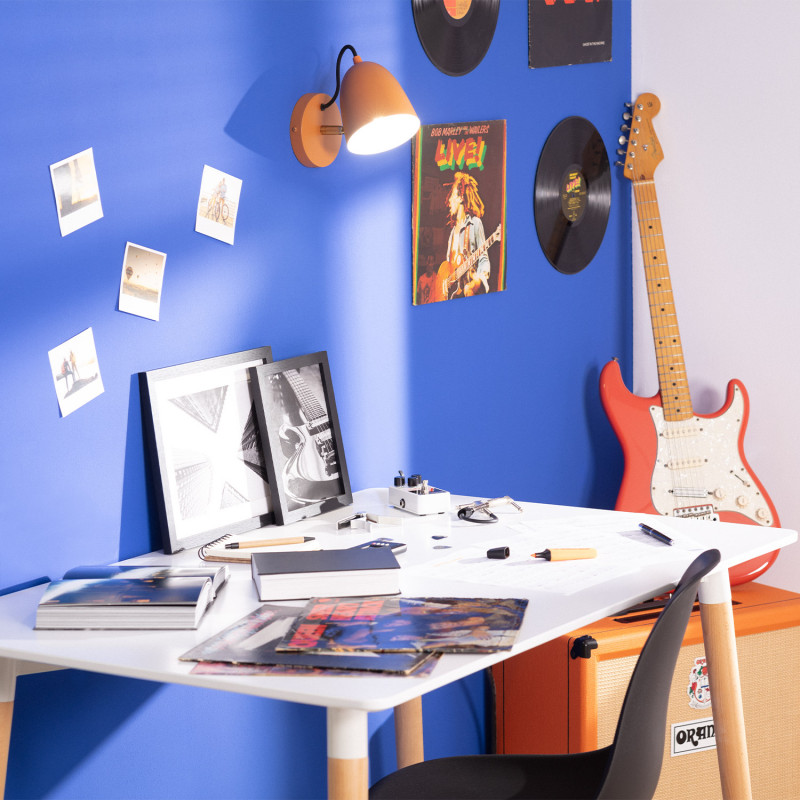How to light a child's bedroom so it's practical and stylish
Knowing how to light a child's bedroom means getting the right mix of purposefulness and playfulness to suit a variety of different uses
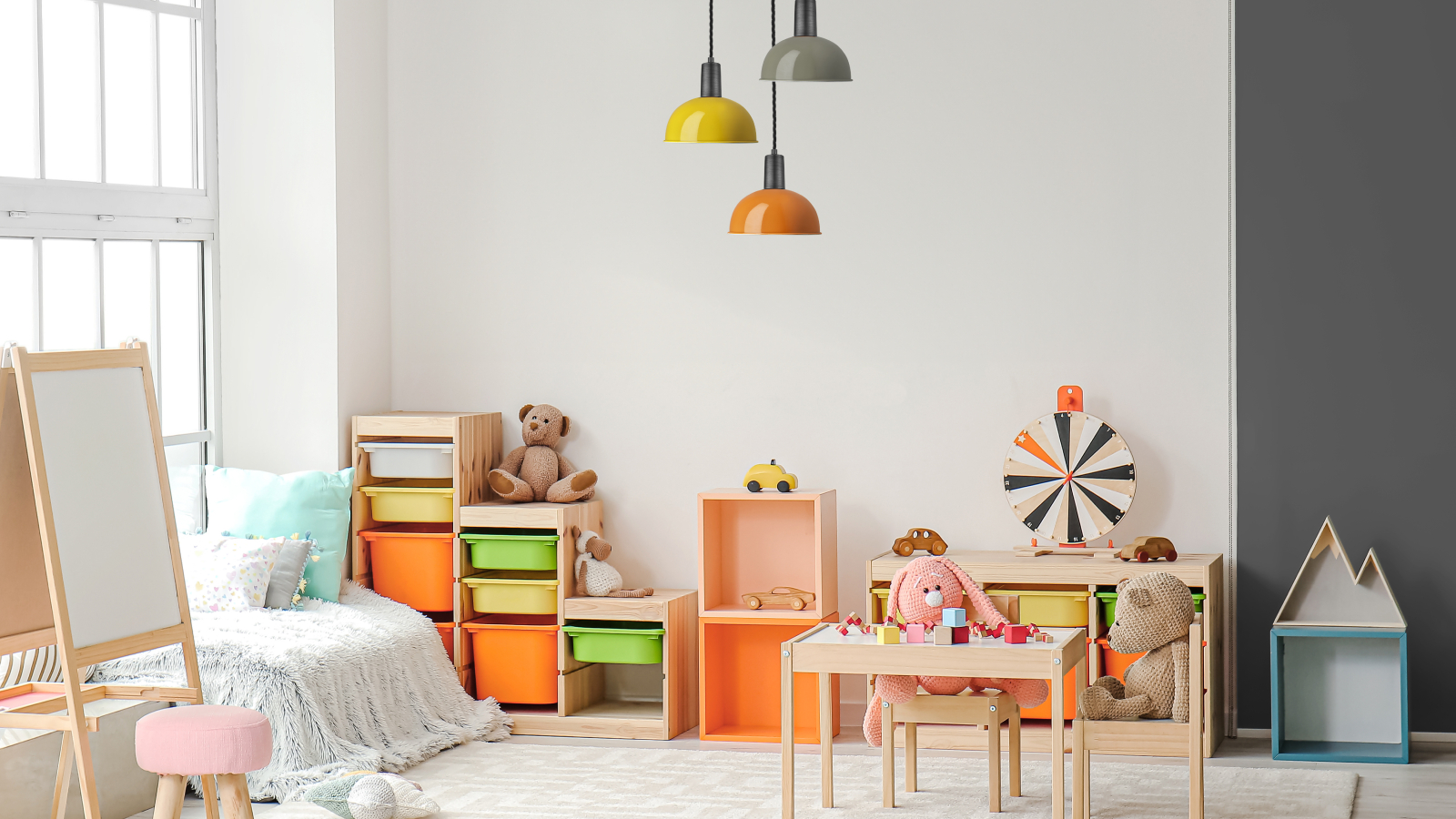
It's easy to assume knowing how to light a child's bedroom is child's play. A ceiling light, bedside light and maybe a novelty light for a toddler and it's done – right?
Not according to the experts who say that tackling children's bedroom lighting is just as important as any other room in the house, and involves taking a similar approach.
"For lighting, creating a layered lighting scheme with multiple options from task to ambient in a child's bedroom is key," says Emma Deterding, founder and creative director of Kelling Designs and Kelling Home. "This will ensure children have all the lighting they need, whether they're studying, reading, playing or relaxing."
Don't forget sleep matters too when you're deciding how to light a child's bedroom
Of course, as with adult bedrooms, there's also the matter of balancing rest and play in your children's bedroom ideas.
"Bedroom lighting should always be carefully considered to create a conducive environment for sleep," says Marlena Kaminska, designer at ValueLights, "but this is especially important in a child’s bedroom when trying to get young children to settle.
“Always use soft warm-toned lighting to create a soothing ambience," says Marlena, "and consider the way in which your lighting can be used atmospherically to set the mood and create cosier moments for you and your child.
"Be sure to position warm, task lighting in specific areas, such as a lamp next to a rocking chair," she suggests. "No matter their age, this is the perfect reading nook, with the lamp casting a cosy glow for bedtime stories.”
Bring your dream home to life with expert advice, how to guides and design inspiration. Sign up for our newsletter and get two free tickets to a Homebuilding & Renovating Show near you.
On a practical note, if children are crawling or walking around the room, make sure any floor lamps are solid enough to withstand toppling, or consider using taller table lamps instead of floor lamps until they are steadier on their feet.


Marlena is a dynamic digital designer with a background in interior design. Taking a lead design role at home lighting brand, ValueLights, Marlena merges her interior design expertise with her digital design prowess to bring innovation and style to the world of lighting.
The different types of lighting
"Lighting is often overlooked in children's bedroom design," says Mara Rypacek Miller, founder of Industville, "however, it plays a crucial role in setting the tone and mood of a room. It accentuates design elements, adds depth, and can dramatically enhance the aesthetics of a space."
Another way of tackling how to light a child's bedroom is to consider it as a series of zones, says Charli Davies, sleep ambassador for Get Laid Beds. Think about what will take place in the room and what type of light will best suit this. "Overhead lighting for play and task lighting for homework are the basic musts," she says. "Add a dimmable bedside lamp to create softer light for bedtime which can double up as a night light if needed."
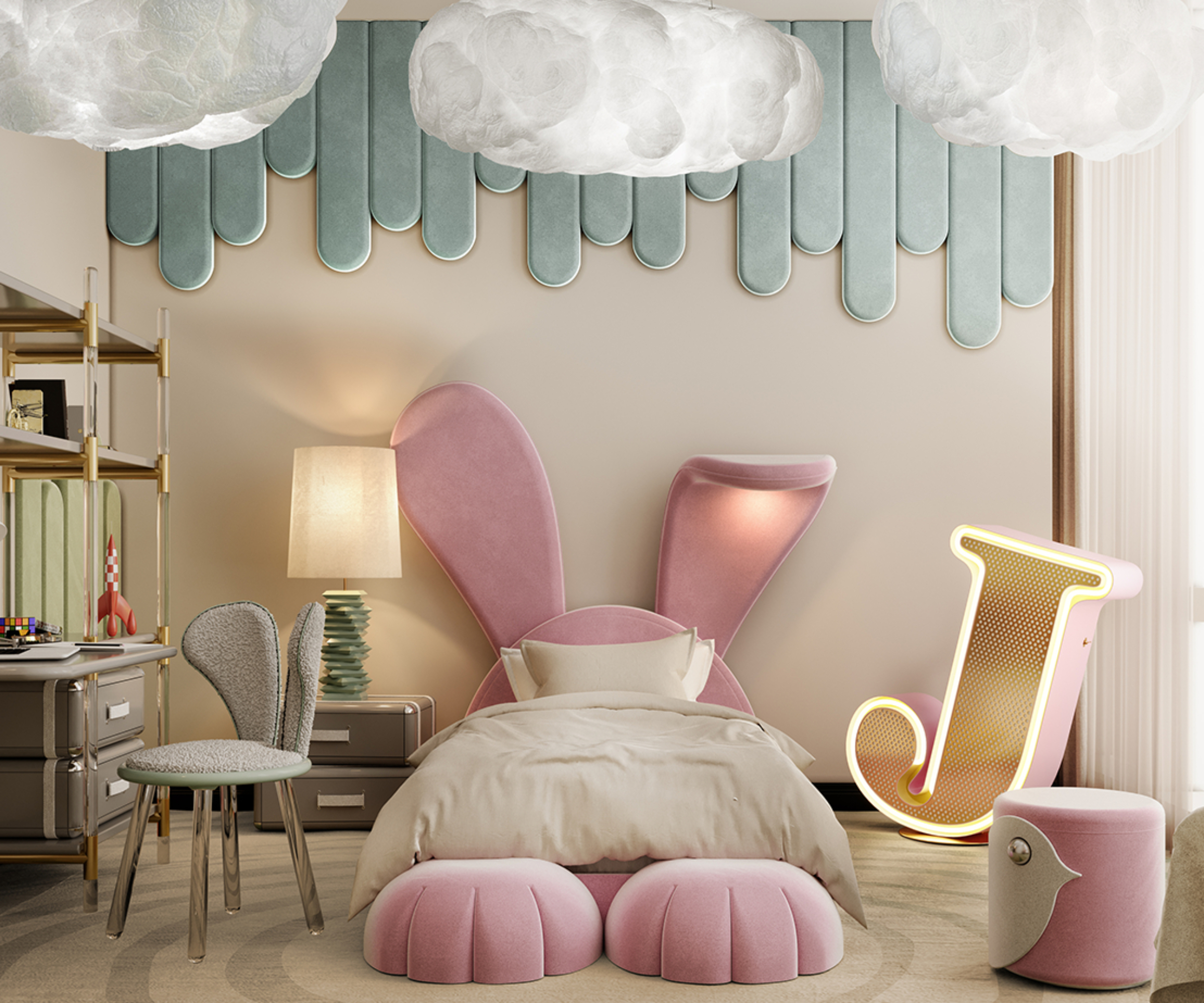

Mara is the founder of Industville, a haven for handcrafted lighting, interiors, and art. With a keen eye for detail and a commitment to eco-conscious craftsmanship, Mara has propelled Industville to the forefront of the industry.
Ambient lighting in children's rooms
More commonly recognised as ceiling lighting, ambient lighting is that which usually provides the main source of light in a room. “Install bright, ambient lighting for daytime use, such as for getting dressed in the morning or playtime," says Marlena Kaminska.
But, don't fall down the trap of assuming that if your child's bedroom is small, that's all you need to do.
“A really common mistake people make in small bedroom ideas is to rely on their ceiling lighting to provide the sole illumination for the room," says Marlena.
“No matter the square footage of your room, relying on your ceiling lighting will create a pool of light which will instantly make your room feel smaller. The proportions of your lighting fixtures is one of the easiest factors to overlook but can cause one of the biggest aesthetic eyesores and distractions.
“Getting the scale of your lighting in alignment with your room’s layout and size is vital to ensure it creates the desired impact within your space – both practically and aesthetically," she adds. "In a small bedroom, also avoid oversized ceiling lighting which can overwhelm your space."
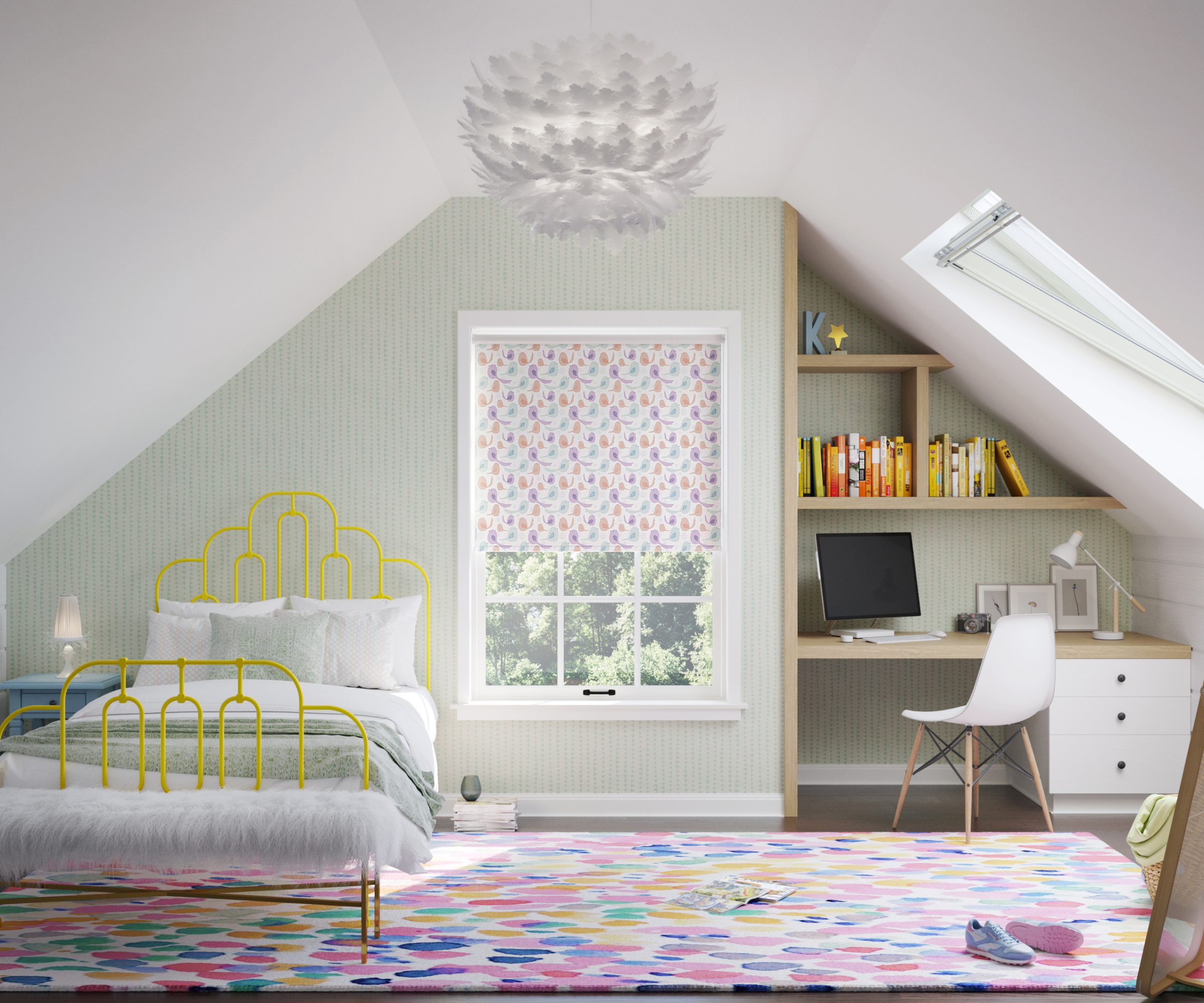
Task lighting for children
The purpose of task lighting will largely depend on the age of your children and how the room is being used. If it's a nursery or a bedroom solely reserved for sleep, task lighting may be needed more for practical tasks such as nappy changing or feeding – in which case you'll likely want lighting that isn't too bright. Knowing the differences in cool light vs warm light will be essential when it comes to choosing the right bulb.
But, if your children are older and your children's bedroom doubles up as a playroom or study space, you'll need to make sure the lighting is harder working in order to prevent eye strain and help them concentrate. Desk lamps will be a must for homework, as they are for play time activities such crafts or model-building. You may also need different lights to identify zones in shared kid bedroom ideas too.
And of course, there's also bedtime reading which is where bedside lights are key - although don't forget to use all available spaces in your room for your lighting, says Jo Plant, head of design at Pooky.
"Wall lights with metal shades are a good option to allow reading in bed whilst still leaving plenty of space available on the bedside," notes Jo.
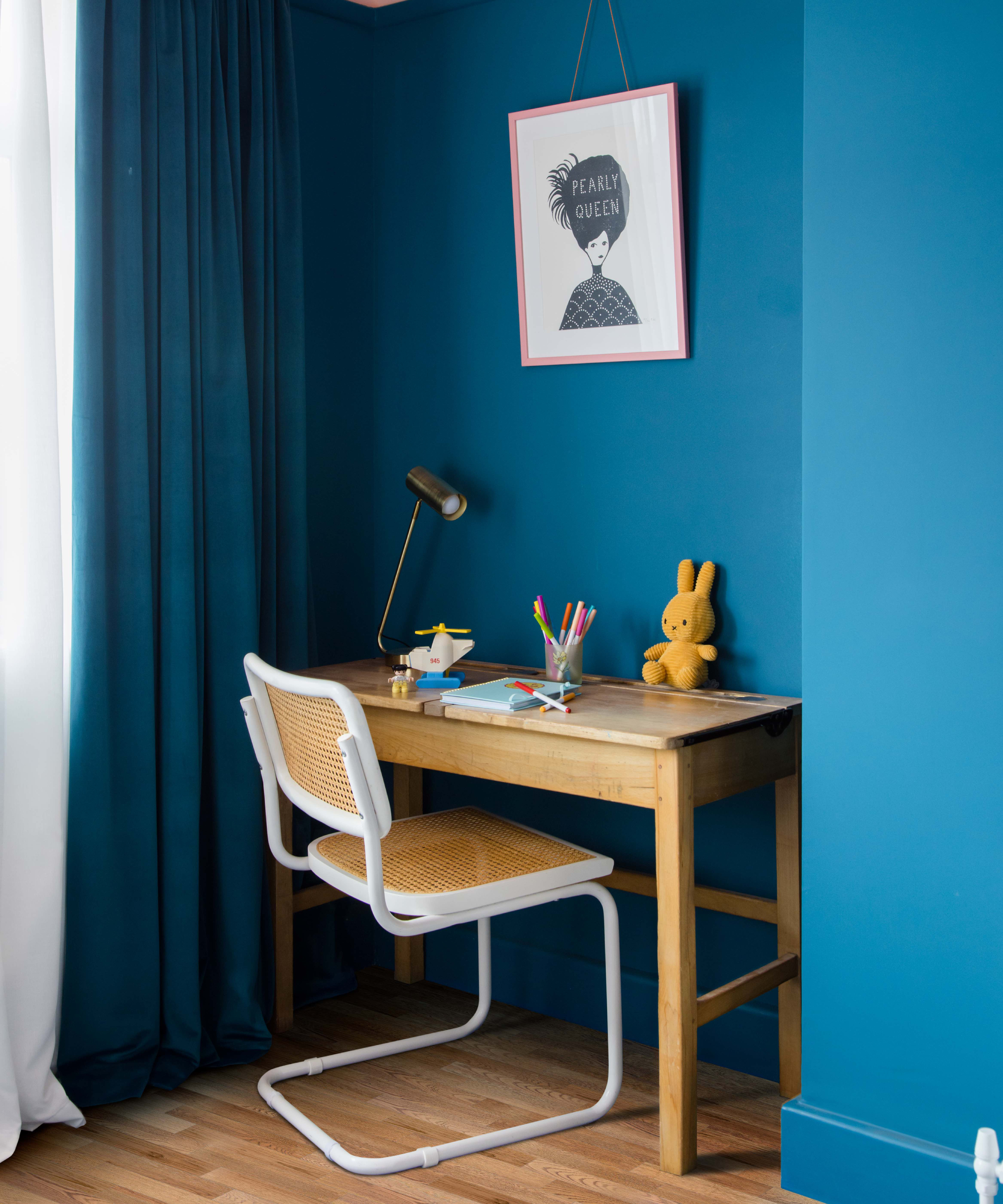
Try these task lights for desks and play zones
Creative or novelty lighting
Although it's often referred to as mood lighting in other parts of the home, in children's bedrooms it can also be classed as creative lighting. Chosen to perhaps tie in with the overall theme of the room, or bought on a whim to add a sense of fun and playfulness, it nonetheless still serves a purpose in the overall plan of how to light a child's bedroom.
“From novelty table lamps to bubble lights and string lights, lighting can be a great way to add some colour and personality to your child's bedroom," says Marlena Kaminska. "Opting for themed accessories – as opposed to statement furniture or wall coverings - is also a relatively low-maintenance and easy way to transform your child’s bedroom, and can be easily swapped out once their interest and tastes change as they grow up.
"Children’s bedroom lights and night lights are great low-intensity options," she adds, "and can be found in various novelty shapes and designs to bring character to their room."
But what if your children are older and don't want characters and require something more stylish?
"If you want to steer clear of themed additions, you can still add a sense of playfulness by opting for lighting which experiments with shape, texture or colour," suggests Marlena. "For example, wiggle floor lamps and mushroom lamps have been particularly trendy in the interior world, but these modern styles wouldn’t feel out of place in a children’s bedroom.”
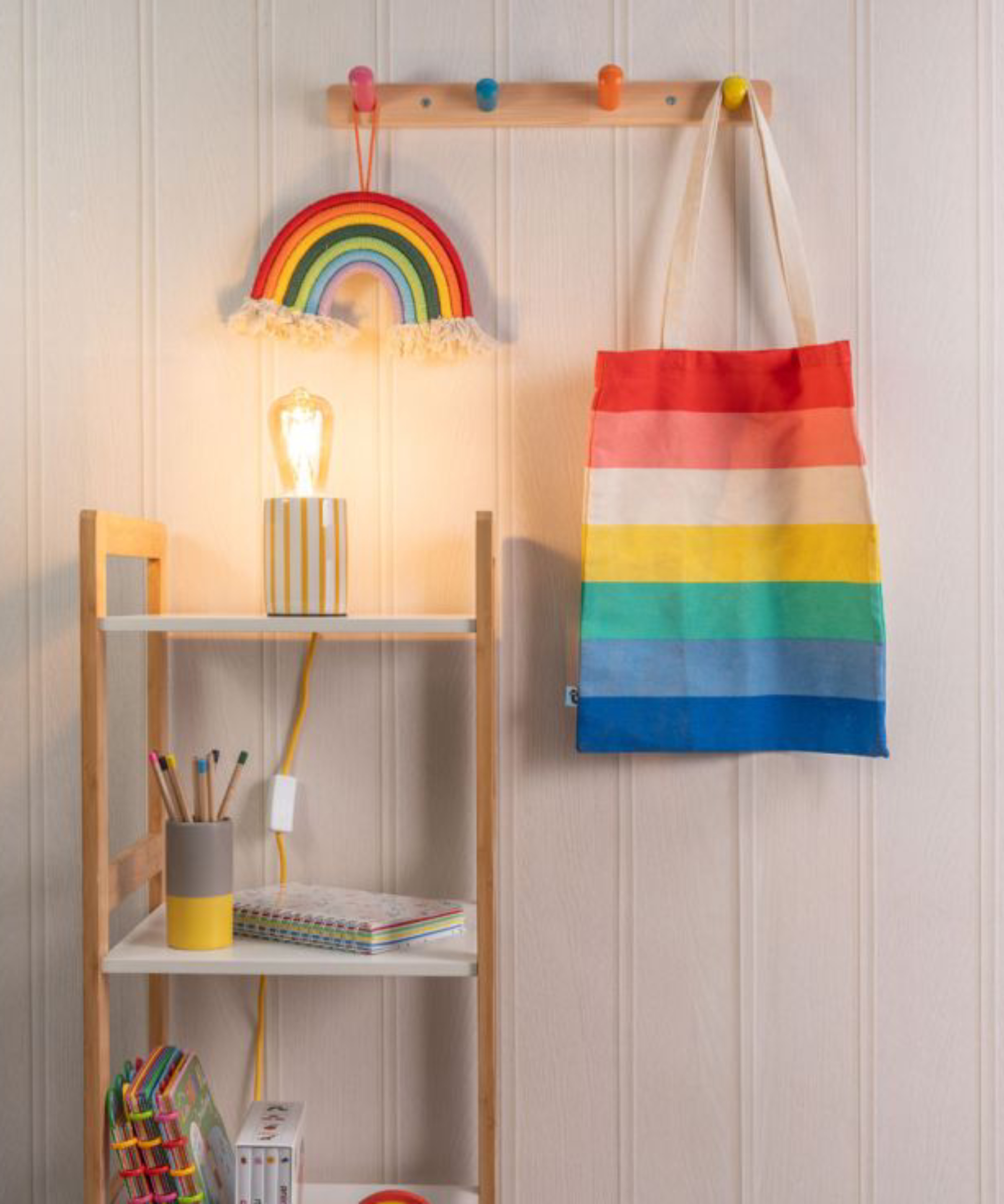
Natural light
As well as ensuring you have sufficient artificial lighting in your child's bedroom, you'll also want to pay careful attention to how you deal with daylighting. Getting the right balance between letting plenty of natural light in during the day to promote health and well-being also needs to be counteracted at night or nap times, when you'll want to ensure slumber isn't disturbed.
Reducing light will usually involve using window coverings with blackout linings to help limit the amount of daylight that filters into the room. Plus, it has added bonuses.
"Adding blackout lining to the curtains will not only keep the early sunrises out," says Debbie Leigh, design manager at Iliv, "but will also keep the warm temperatures in and the carpets and furniture from bleaching."
In terms of the type of window coverings you use, always remember to ensure blinds are fitted with child-friendly pull cords, or even consider remote control options that remove the need for cords entirely.
As an alternative, layer your children's bedroom windows with either blinds or shutters and add blackout curtains over the top for double the light control.
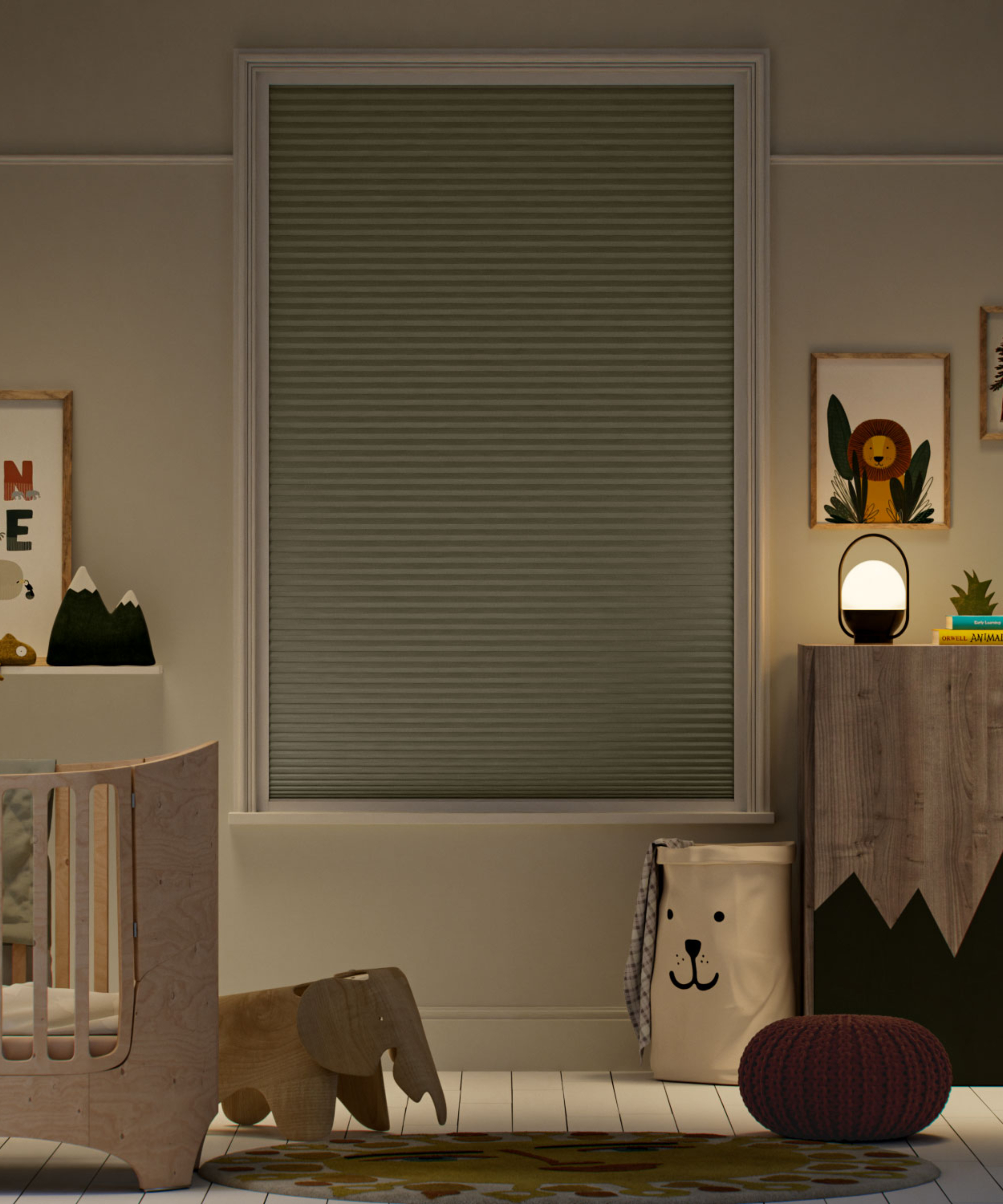
Keen to make a small child's bedroom seem bigger? Marlena shares some final words of advice. "Look to banish any dark corners in your room by lighting with wall scones and uplighters. Remember, any room will look larger if it’s well-lit.
Looking for more ways to bring your children's bedroom to life? Keep toys in check with these children's bedroom storage ideas, or go to town and find out how to add a climbing wall for kid's rooms to help them burn off their energy before bedtime.

Sarah is Homebuilding & Renovating’s Assistant Editor and joined the team in 2024. An established homes and interiors writer, Sarah has renovated and extended a number of properties, including a listing building and renovation project that featured on Grand Designs. Although she said she would never buy a listed property again, she has recently purchased a Grade II listed apartment. As it had already been professionally renovated, she has instead set her sights on tackling some changes to improve the building’s energy efficiency, as well as adding some personal touches to the interior.
